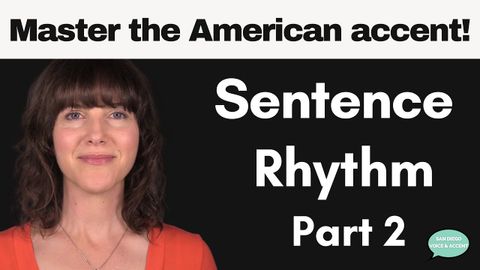掌握美式英語!句子節奏第二部分 (Master American English! Sentence Rhythm Part 2)
Alyna 發佈於 2024 年 06 月 15 日  沒有此條件下的單字
沒有此條件下的單字US /ˈækˌsɛnt/
・
UK /'æksent/
US /ˈkɑnˌtɛnt/
・
UK /'kɒntent/
- adj.滿足的;滿意的
- n. (c./u.)內容;主題;內容;滿意;內容 (數位);含量
- v.t.使…滿足
- v.i.同意
- n. (c./u.)韻律;旋律 ; 節奏;韻律;節奏
US /tɛkˈnik/
・
UK /tekˈni:k/
- n. (c./u.)技術;工藝;技能;(藝術)技巧
